There are many reusable shopping bags, which is the best material? Well, Each material has its own advantages and disadvantages.

While manufacturing and shipping reusable bags can also have an environmental impact, any reusable bag is less polluting to the environment than a disposable paper or plastic bag. High-quality bags are certainly better for the environment.
Sustainability is not an easy task. It is well known that waste disposal has always been a challenge and that reducing waste is an important part of sustainability. However, it is often not clear how to properly manage your waste. When your company purchases reusable bags, be sure to take into account how the waste will be disposed of, it is a social responsibility that a responsible company should take.
So, how do you choose the best reusable bag for your needs? This article will list the pros and cons of various materials to help you decide.
1. Is your reusable bag recyclable?

Whether an item is recyclable or not depends on many factors. One, items must be easy to sort and recycle. Two, it must be strong enough so that it can be remanufactured and sold. Third, the cost of recycling need not be large. Fourth, certain materials cannot be recycled infinitely. Plastic textiles are one of them.
2. Various reusable bag materials
2.1 Cotton

Benefits: The cotton material is biodegradable and a renewable resource, while being very strong and durable, with a soft surface that is comfortable to the touch, and is widely used around the world. It is easy to wash, machine washable and suitable for multiple printing methods.
Disadvantages: Due to the nature of the material, unlike PVC and other materials with a certain degree of water resistance, cotton is usually heavy, which leads to higher transportation costs. Although machine washable, it may be wrinkled. Cotton cultivation requires extensive irrigation.
2.2 Jute

Jute is a natural plant fiber, often referred to as coarse linen.
Benefits: Jute is a natural renewable resource that is biodegradable and made into a very durable product, and can go to other fabric blends. Growing jute crops do not require pesticides, and do not need a lot of irrigation
Disadvantages: As with cotton, jute is not resistant to moisture, the texture called coarse, and grainy to the touch.
2.3 PP
Polypropylene(PP) is a form of plastic, a material we have covered in detail in previous articles. Due to their low cost and relative durability, non-woven polypropylene bags are considered by some to be the best reusable shopping bags.
Benefits: recyclable, also very strong and durable, more chemically resistant, easy to wipe stains with a rag, rich material colors, and many printing options.
Disadvantages: it is still a type of plastic, a petrochemical product, not biodegradable, not machine washable, coarse texture.
2.4 Nylon
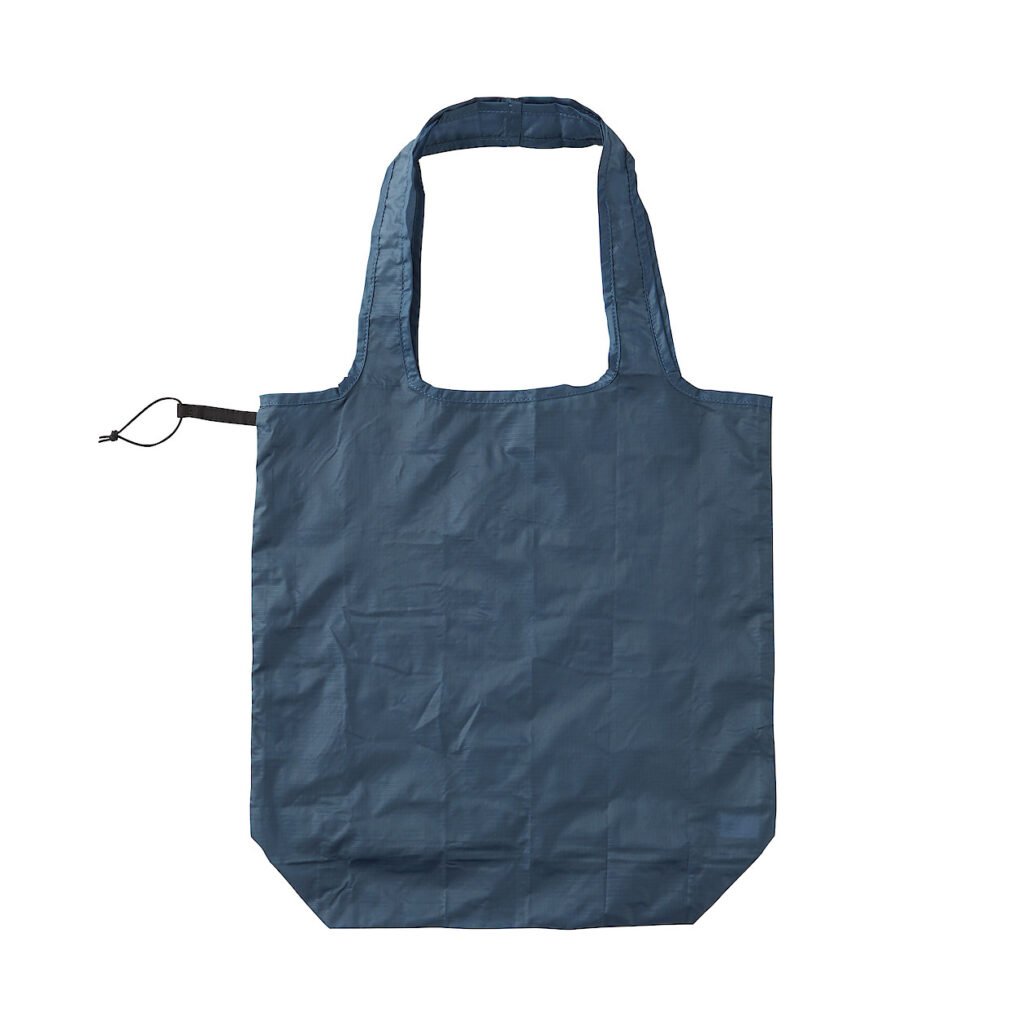
NYLON is a synthetic polymer originally used to replace silk in fabrics.
Benefits: strong and durable, lighter in weight compared to cotton bags, easy to fold and dye, and somewhat waterproof, supports multiple forms of printing
Disadvantages: Like PP, it is a petrochemical product and decomposes slowly.
2.5 Polyester
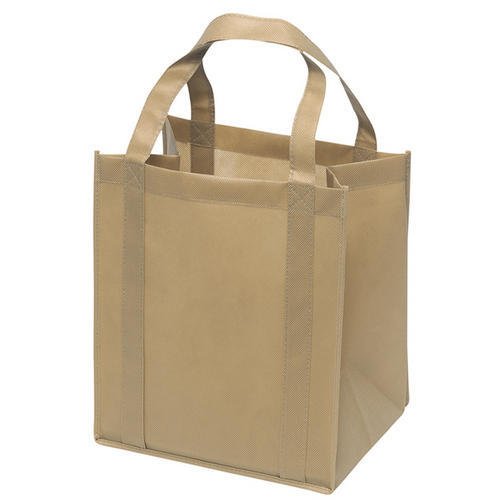
POLYESTER is a polymer that can be recycled by reheating to convert back into polymer fibers for reuse.
Benefits: Water and mildew resistant, wrinkle-resistant, easy to compress, recyclable.
Disadvantages: slow decomposition, also belongs to the plastic product.
2.6 RPET
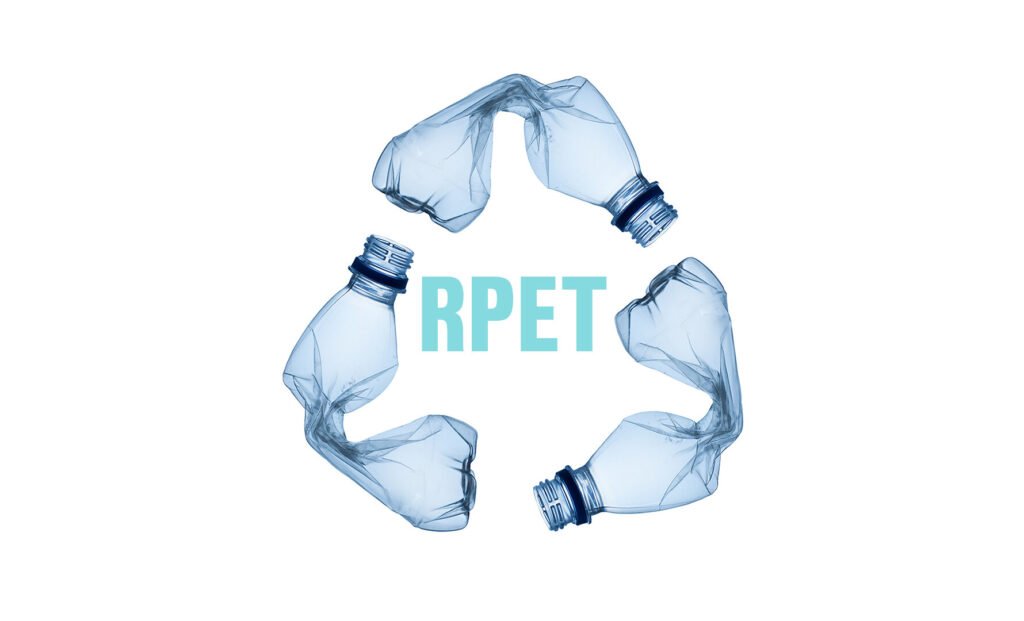
RECYCLED PET is a durable, eco-friendly fabric made from post-consumer recycled plastic bottles. Using recycled PET reduces waste and saves oil and non-renewable resources.
Benefits: Strong and durable, requires less energy to produce, can be blended with other fabrics, and supports a wide range of printing.
Disadvantages: a plastic product, not machine washable.
3. About recycling symbols
The first step in identifying the material of the package is obviously to check the label. Do you recognize this label in the picture below?
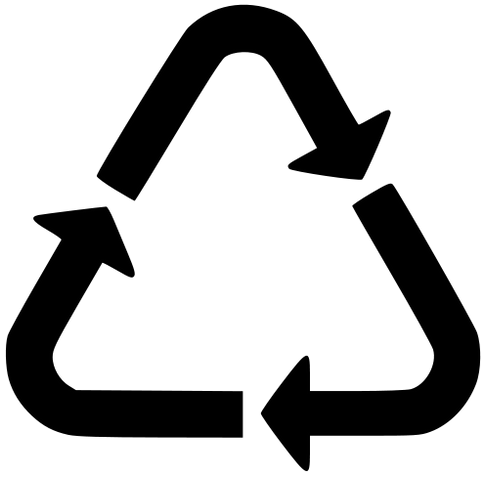
This is the symbol of recycling, and most people should recognize it. However, there is no uniform standard for how to use this symbol, so the symbol is sometimes used to represent recyclable materials and sometimes to represent materials that have been recycled. Look at the following 7 symbols again.
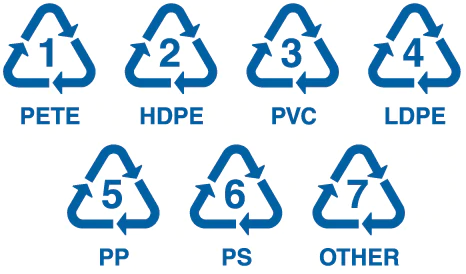
These symbols with numbers and abbreviations have little to do with mere recycling symbols. They symbolize different grades of plastic. Of these seven plastic grades, three cannot be recycled at all. So don’t see the 3-vector symbol and assume it represents recycling. If your bag is grade 1/2/4/5, it means your bag is recyclable, if it is made of 3/6/7, it is not.
4. Conclusion
Several of the most common materials used in reusable bags are almost always recyclable. After reading this article, hopefully you have learned how to determine if your own reusable shopping bags are recyclable and how to properly dispose of them when they wear out.


